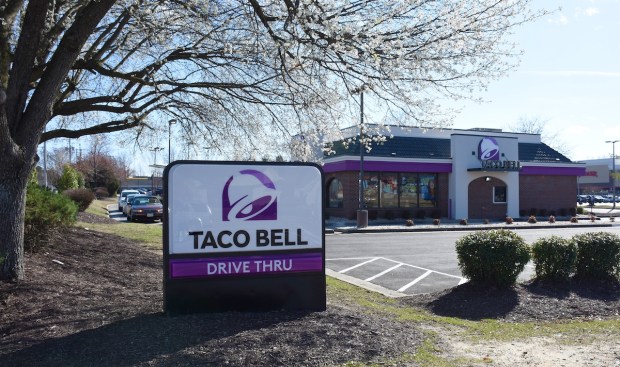
The drive-thru may be slower to digitize than other restaurant ordering channels, but more eateries are finding ways to integrate connected technology into the experience, as a new all-digital Taco Bell indicates.
Major quick-service restaurant (QSR) company Diversified Restaurant Group, which spans more than 350 units, announced Friday (Jan. 12) the opening of an “all-digital” drive-thru-only Taco Bell in Missouri. The location fulfills own-device mobile orders and on-site kiosk orders. Additionally, it is available for delivery via third-party aggregators Uber Eats and DoorDash.
“We are thrilled to launch into the new year by opening the first drive-thru-only Taco Bell in Missouri,” Kara Ramirez, vice president of operations for Diversified Restaurant Group Kansas City, said in a statement. “This venture not only underscores our commitment to seamless service but also amplifies our connection with the wonderful people here.”
The news comes as Taco Bell’s parent company, QSR giant Yum Brands, aims to have “100% of sales powered by digital,” looking to combine insights across all its brands to boost performance throughout its portfolio.
Yum Brands is not the only major player in the QSR space working toward this goal. On its most recent earnings call in November, Restaurant Brands International, which owns Burger King, Tim Hortons, Popeyes and Firehouse Subs, discussed its own intentions to reach 100% digital sales. Yet the company was candid about the ways that the drive-thru channel is holding this digital transformation back.
“My point of view is we can get this business to 100% digital,” CEO Josh Kobza said at the time. “We should have all of the order-taking done through digital channels over time. We’ll have to see exactly what that looks like, especially in a drive-thru, but I think that’s … our North Star.”
Restaurants’ technology providers have also observed that the channel is a sticking point for the industry’s digitization.
“Currently, nearly 100% of drive-thru and on-premise transactions are analog,” Olo founder and CEO Noah Glass observed on a call with analysts last February.
Restaurants are not the only ones that want a more digital drive-thru experience; consumers, too, want the convenience. The June installment of PYMNTS’ “B2B and Digital Payments Tracker®,” titled “Inflation Puts Technology on the Menu for Restaurants,” cited findings that 70% of restaurant customers want technologies such as personalized menus incorporated into the drive-thru.
Plus, most restaurant customers have adopted digital ordering technologies. The PYMNTS Intelligence report “Consumer Interest in an Everyday App” found that 1 in 4 U.S. restaurant customers each month exclusively order food via connected devices, and another 36% do so both via connected devices and traditional channels.
For restaurants, meanwhile, digitizing the drive-thru enables them to integrate data from the channel into their overall insights, creating a fuller picture of their customers’ behaviors, as well as to incentivize the adoption of the channel with their existing loyalty programs.